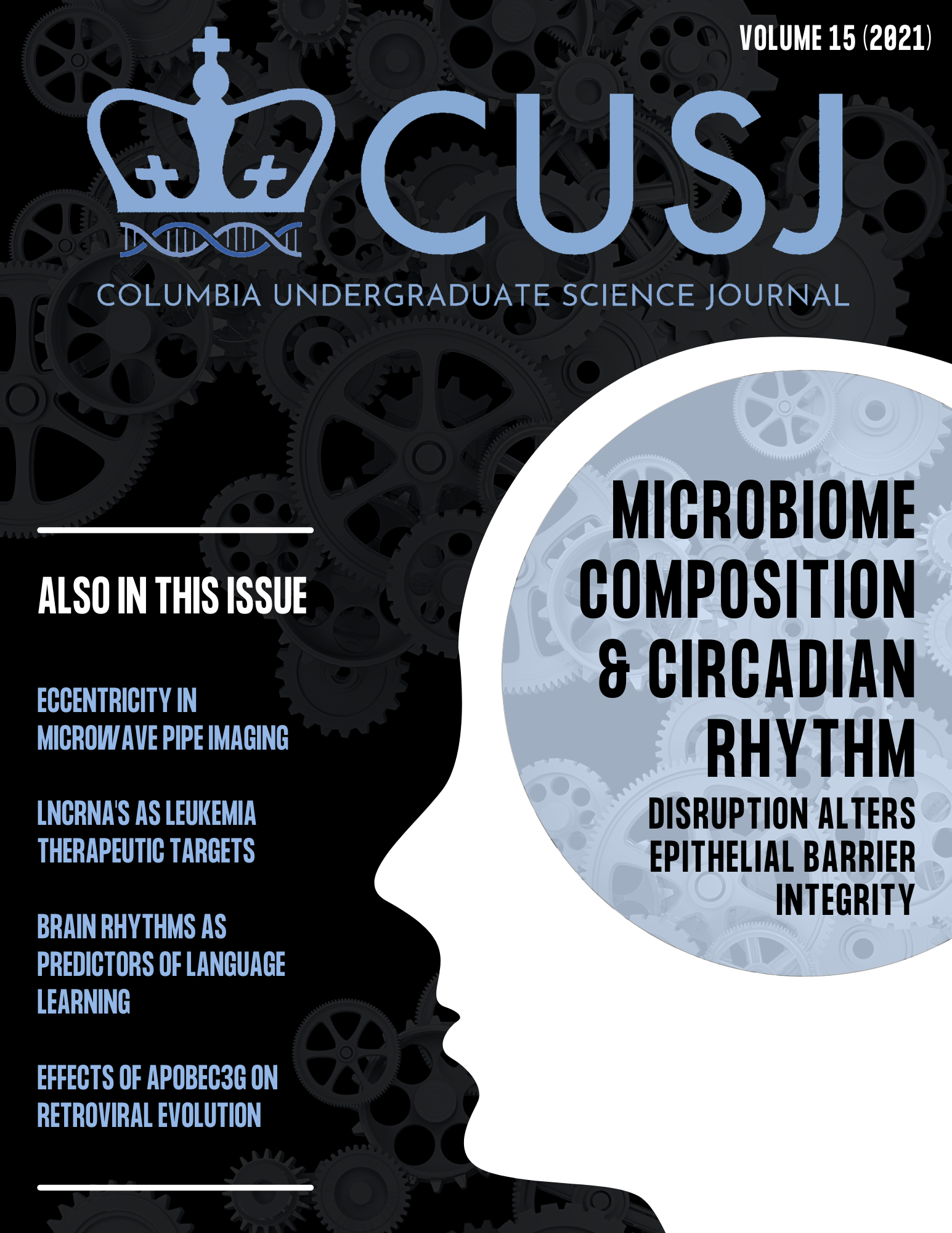Abstract
Understanding what traits facilitate second language (L2) learning has been the focus of many psycholinguistic studies for the last thirty years. One source of insight comes from quantitative electroencephalography (qEEG), i.e., electrical brain activity recorded from the scalp. Using qEEG, Prat et al. [1] found that functional brain connectivity is predictive of language learning ability. This study extends Prat et al. in investigating the predictive validity of qEEG measures for two measures of L2 proficiency, namely: 1. a grammaticality judgement task (GJT), wherein participants read and identified Spanish sentences as either correct or incorrect based on possible grammar violations, and 2. a standardized Spanish proficiency test (DELE). Participants were L2 learners recruited from third- and fourth-semester university Spanish classes. Spectral power and coherence within and across six different regions were analyzed for correlations with either GJT or DELE scores. Follow-up linear regression models based on significant qEEG correlates explained up to 11% of variance in DELE scores but none of the variance in GJT scores. Negative correlations were found between theta frequency coherence and the DELE. Because theta activity has been associated with episodic and working memory performance, these findings suggest that less proficient learners might utilize memory-based strategies more often to compensate for their lack of familiarity with the L2.

This work is licensed under a Creative Commons Attribution 4.0 International License.
Copyright (c) 2021 Victoria Ogunniyi, David Abugaber, Kara Morgan-Short, Irene Finestrat, Alicia Luque

